Milkweed, or Asclepias, is the sole food plant for monarch caterpillars and due to its increasing scarcity, one of the biggest factors contributing to the decline of the monarch butterfly. Consider these 3 things when buying your milkweed.1. Is the milkweed native to your region?A native plant is described as a plant that is indigenous to a given geographic area and existed in North America before European settlement. Native plants support local species of insects and promote a biodiverse ecosystem. Insects have evolved with specific plants and depend on them for food, shelter and defense against predators. As we know, the sole food source for monarch caterpillars is milkweed and without this plant, they could not survive! Grow Milkweed Plants recently released a great tool for finding out which species of milkweed is native to your country and state. Simply click on your region for a list native milkweeds. For more information on species of milkweeds visit the Lady Bird Johnson Wildflower Center. 2. Has it been treated with pesticides?If you are purchasing milkweed from a nursery, be cautious and make sure they have not been sprayed with pesticides. A large amount of plant nurseries will spray their plants with insecticides in order to make them look healthier and deter insects. If caterpillars feed on plants that have been sprayed with pesticides, especially systemic insecticides, they will die when they consume any part of the plant. 3. Could I harvest the seeds myself?Plants that grow well and are adapted to a particular environment or ecosystem will grow better than other plants even within the same species. This is because they are genetically better suited to thrive in that particular environment. These plants are called local genotypes and if you have access to wild milkweed plants growing in your area, the best possible thing you can do is harvest the seeds yourself. If you live in North America, you can't go wrong with these widespread species of Milkweed plants. Most are commercially available.Common Milkweed (Asclepias syriaca)
Butterfly milkweed (Asclepias tuberosa)
Swamp Milkweed (Asclepias incarnata)
Antelope Milkweed (Asclepias asperula)
Showy Milkweed (Asclepias speciosa)
White Milkweed (Asclepias variegata)
Whorled Milkweed (Asclepias verticillata)
Green Milkweed (Asclepias viridis)
Purple Milkweed (Asclepias purpurascens)
4 Comments
James and Janet Mura
2/14/2020 12:58:55 pm
Can we purchase from you? We are in NM-high plains desert, so the best choices seem to be: Antelope Milkweed (Asclepias asperula); Butterfly milkweed (Asclepias tuberosa); Whorled Milkweed (Asclepias verticillata). Thank you.
Reply
Rebecca
2/14/2020 01:38:24 pm
Hi James and Janet!
Reply
11/1/2021 04:02:25 am
This is an outstanding post that’s filled with so many useful nuggets. Thank you for being so detailed on the plants.
Reply
Leave a Reply. |
AuthorRebecca Chandler Archives
March 2024
Categories |


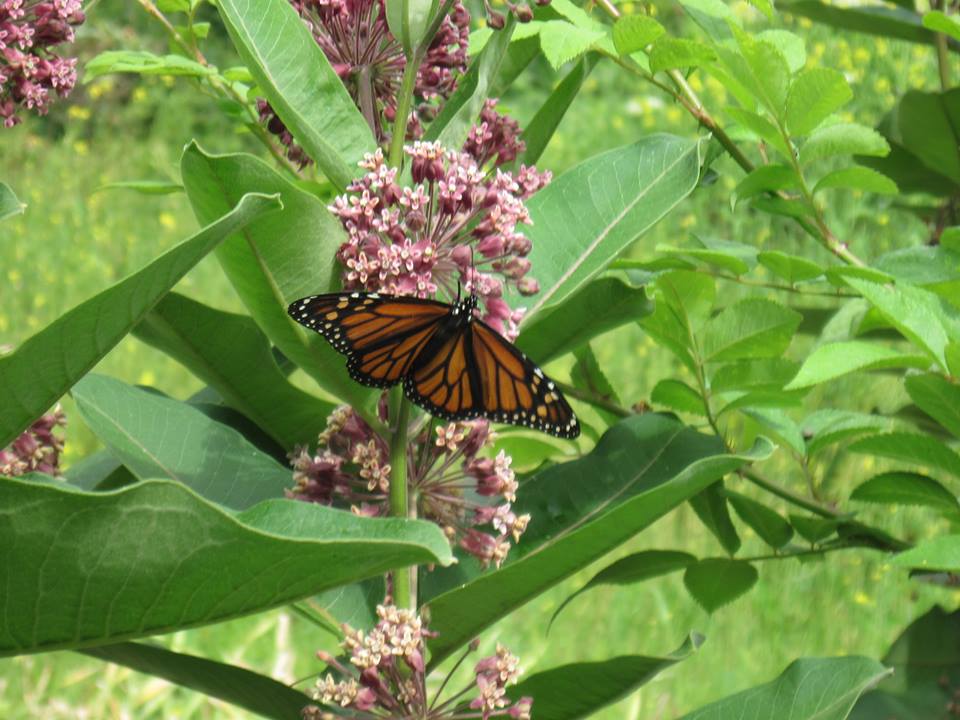
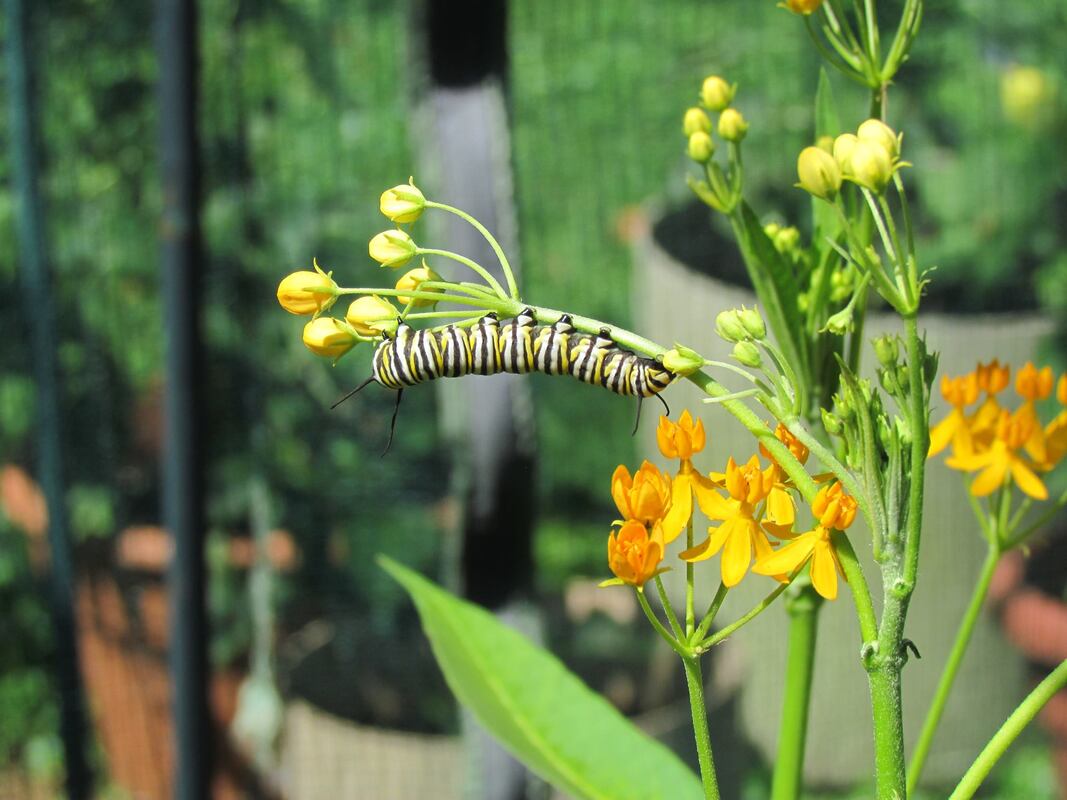

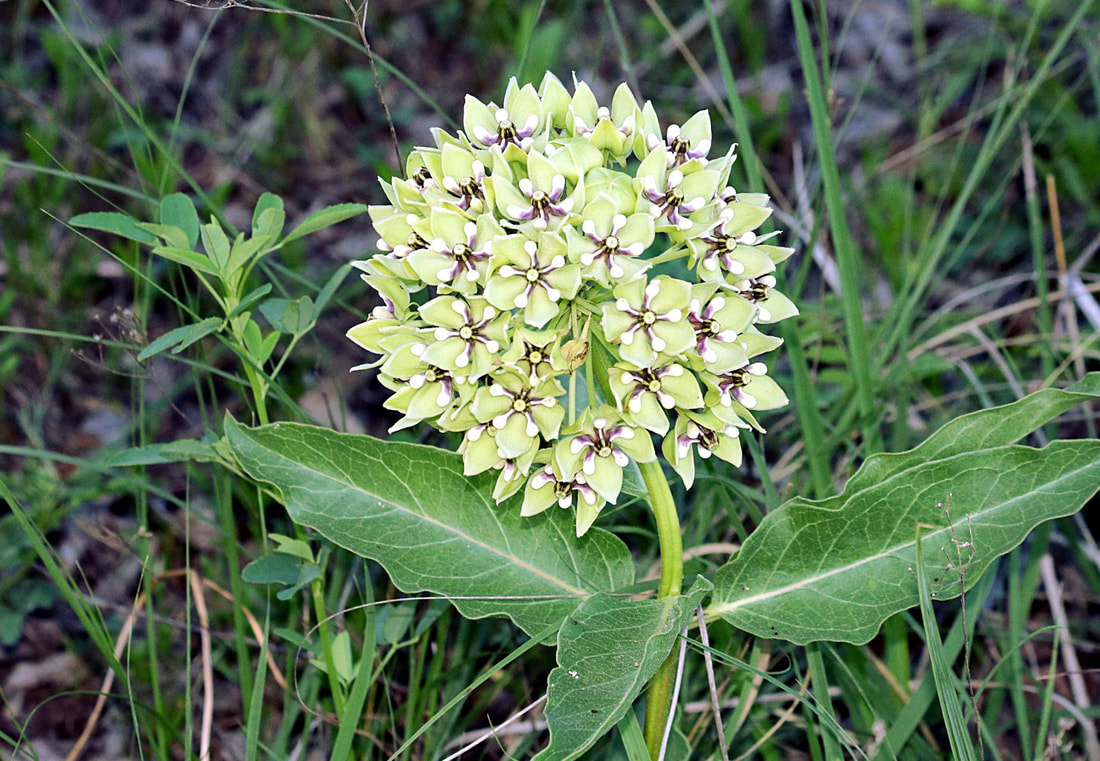


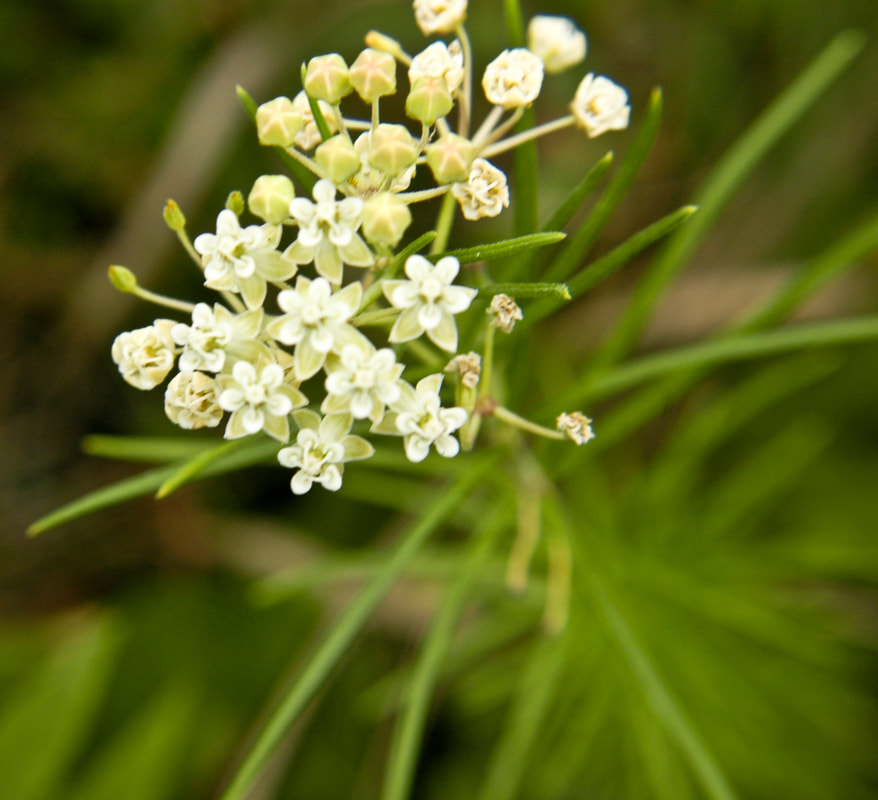

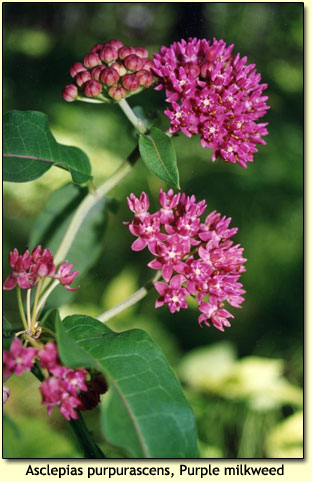

 RSS Feed
RSS Feed